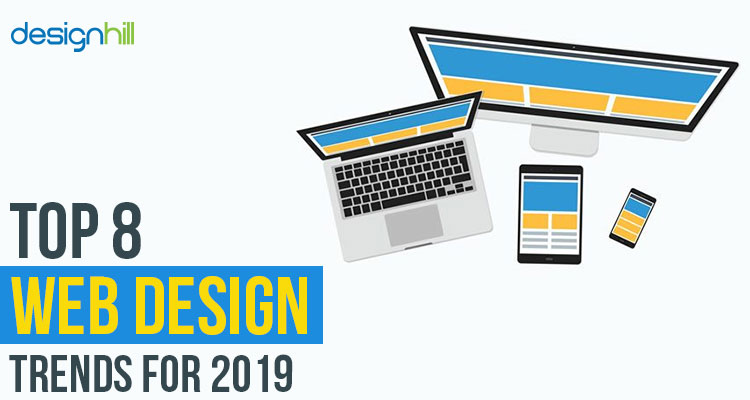The Growth Of Web Design: Then And Currently
The Growth Of Web Design: Then And Currently
Blog Article
Published By-Thorsen Clarke
In the past, websites were easy and focused on info. Navigating was straight, and design was for desktop computers. Currently, customer experience is vital. Data overviews layouts for easy navigating. Receptive layouts suit different tools. Today, dark setting reduces stress, and minimalist menus boost navigation. Interactive functions involve individuals, and bold visuals stand out. AI combination improves involvement. See how design has actually progressed to boost your on-line journey.
Very Early Days of Website Design
In the very early days of web design, simplicity preponderated. Websites were basic, with limited colors, fonts, and layouts. The emphasis got on giving information as opposed to showy visuals. Users accessed the web with sluggish dial-up links, so rate and functionality were crucial.
Navigation food selections were straightforward, typically situated at the top or side of the page. Internet sites were created for computer, as mobile browsing wasn't yet prevalent. just click the up coming site was king, and developers prioritized easy readability over complicated style elements.
HTML was the key coding language used, and designers needed to work within its restrictions. Computer animations and interactive functions were marginal compared to today's criteria. Web sites were static, with little dynamic content or customized individual experiences.
Rise of User-Focused Design
With the development of web site style, a change in the direction of user-focused style concepts has actually ended up being significantly noticeable. Today, developing websites that prioritize user experience is essential for involving site visitors and accomplishing company objectives. User-focused layout involves recognizing the needs, choices, and habits of your target market to customize the web site's design, content, and features appropriately.
Designers currently perform complete research, such as individual surveys and use testing, to gather understandings and responses straight from customers. This data-driven method helps in producing user-friendly navigating, clear calls-to-action, and aesthetically enticing interfaces that resonate with site visitors. By positioning the customer at the center of the design process, websites can provide an extra tailored and enjoyable experience.
Responsive layout has actually also emerged as a key element of user-focused style, ensuring that web sites are enhanced for various gadgets and screen dimensions. This versatility improves access and functionality, dealing with the diverse means customers connect with web sites today. Basically, the increase of user-focused layout represents a change towards producing electronic experiences that focus on the demands and expectations of the end user.
Modern Trends in Web Design
Check out the most up to date trends forming website design today. One popular fad is dark setting design, using a streamlined and modern-day appearance while lowering eye strain in low-light atmospheres. Another crucial fad is minimal navigation, streamlining food selections and boosting individual experience by concentrating on essential elements. Incorporating micro-interactions, such as computer animated buttons or scrolling effects, can create a much more interesting and interactive internet site. Responsive style stays important, ensuring smooth individual experiences across different devices. Additionally, making use of strong typography and unbalanced designs can include visual interest and draw attention to specific web content.
Integrating AI technology, like chatbots for customer support or individualized suggestions, boosts individual involvement and simplifies procedures. Access has likewise end up being a considerable trend, with developers prioritizing inclusive style techniques to accommodate varied individual requirements. Accepting sustainability by maximizing internet site performance for rate and efficiency is an additional arising fad in website design. Working together with customer responses and information analytics to repeat and improve design constantly is crucial for remaining relevant in the ever-evolving digital landscape. By welcoming these contemporary fads, you can create an aesthetically attractive, easy to use web site that reverberates with your target market.
Conclusion
As you assess the advancement of site style from the early days to currently, you can see just how user-focused style has actually come to be the driving pressure behind modern fads.
Accept visit this link of change and adaptation in website design, always keeping the individual experience at the leading edge.
Remain present with the most up to date fads and innovations, and never stop advancing your strategy to create visually sensational and user-friendly websites.
Evolve, adapt, and develop - the future of web design is in your hands.
